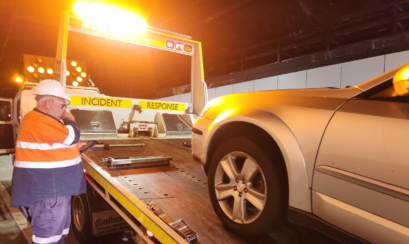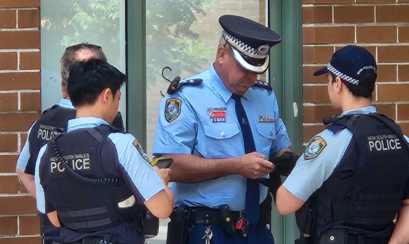Slavery in 2013? Surely slavery disappeared last century? Well, they may not have chains around their ankles and necks and may not be flogged by their masters, but there are still slaves today.
In fact, according to the International Labour Organisation, about 21 million people around the world are in forced labour – most in the Asia-Pacific region.
Australia is not immune. Recently a woman was sentenced to six years jail for treating Asian brothel workers as slaves – forcing them to work 17 hour shifts, have unprotected sex, work through illness and pain and keeping them locked up in a crowded apartment.
All this happened in the heart of Sydney and the respectable north shore. The workers were lured to Australia on false promises of study, but on arrival had their passports taken and forced to do sex work.
It happens far too often. Over two years 13 people have been convicted of this type of offence, and there were 305 police investigations into people trafficking, the Australian Institute of Criminology reported.
In March the Crimes Legislation Amendment (Slavery, Slavery-like Conditions and People Trafficking) Act came into operation. It widened the definitions of forced labour, forced marriage, harbouring a victim, and organ trafficking.
Introducing the new law the then Attorney General Nicola Roxon said it makes it illegal to hold a person where they do not consider themselves to be free to stop providing, or leave the place where they provide, labour or services because of coercion, threat or deception.
It’s also now a crime to use coercion, threat or deception to bring about a marriage or marriage-like relationship with a maximum penalty of seven years jail.
The law will make it easier for victims of forced labour and forced marriage to obtain financial compensation.
Don’t think you have to be in chains to come under the anti-slavery laws. Anti-Slavery Australia director Professor Jennifer Burn said it also applies to extreme work exploitation, poor work conditions, underpayment or non-payment of wages, being unable to leave the workplace and being coerced to do work against your will.
It applies to Australian citizens, residents and international visitors to Australia regardless of visa status.
Sadly, Australia has its own shocking history of slavery. Slavery has been a crime in Australian since 1824, but not only were convicts used virtually as slaves in the early colony, but more than 60,000 men and boys from the South Pacific and thousands of women and girls were kidnapped to Australia and forced to work on sugar plantations.
For more information, please see the following articles.
Modern slavery – what can be done?












